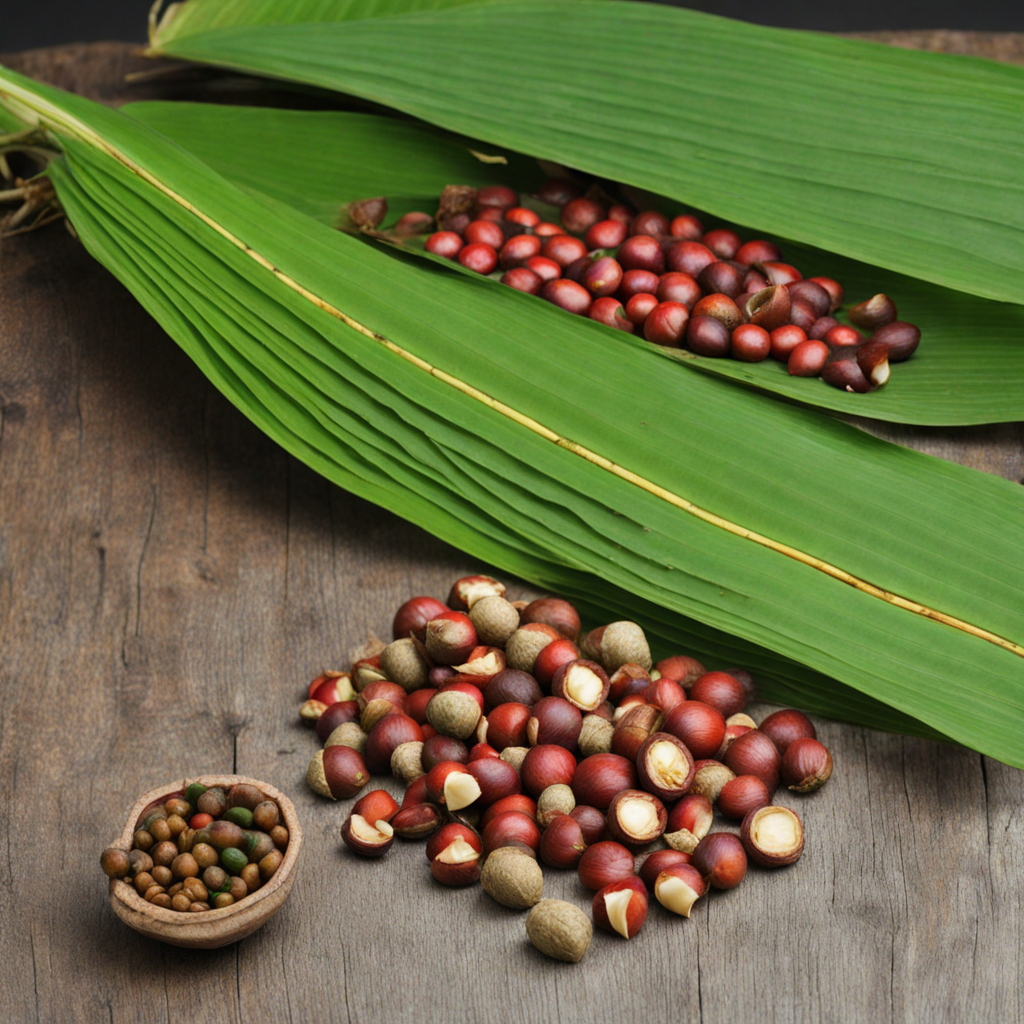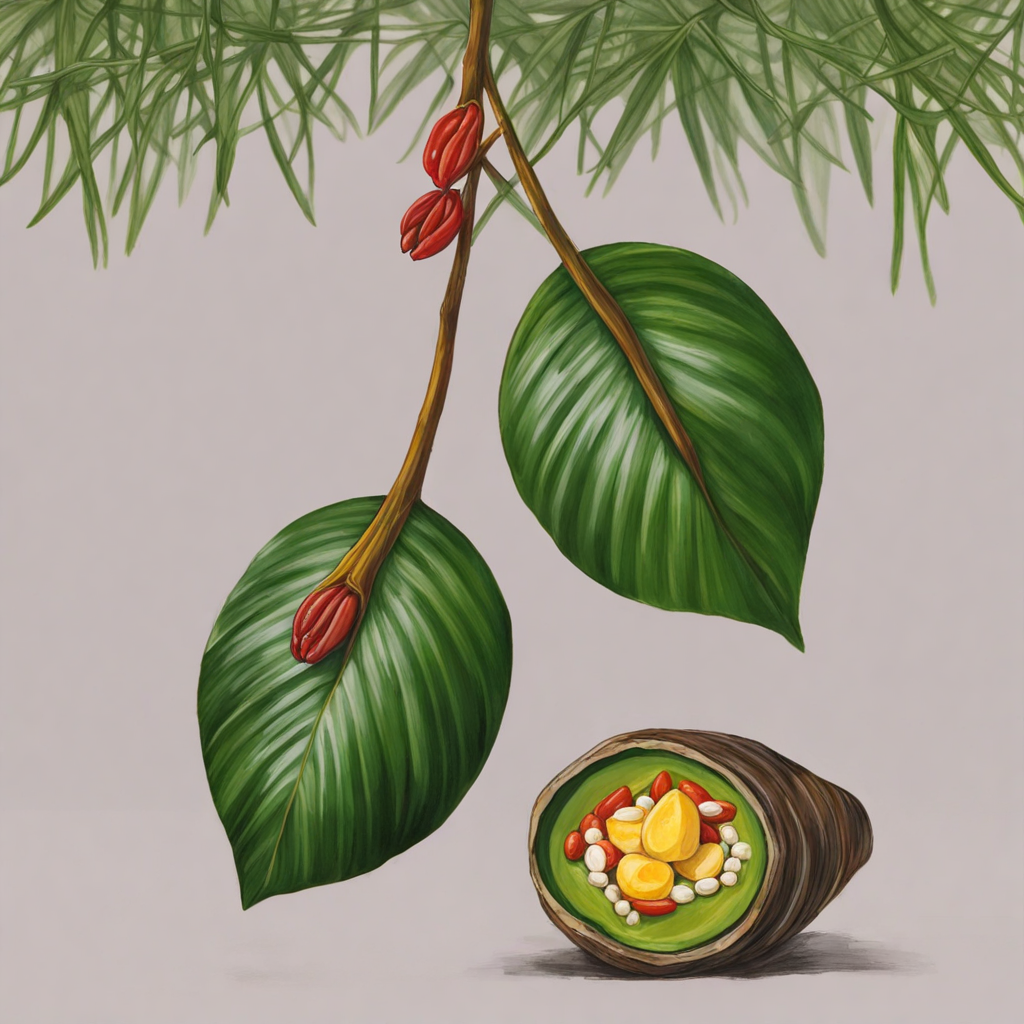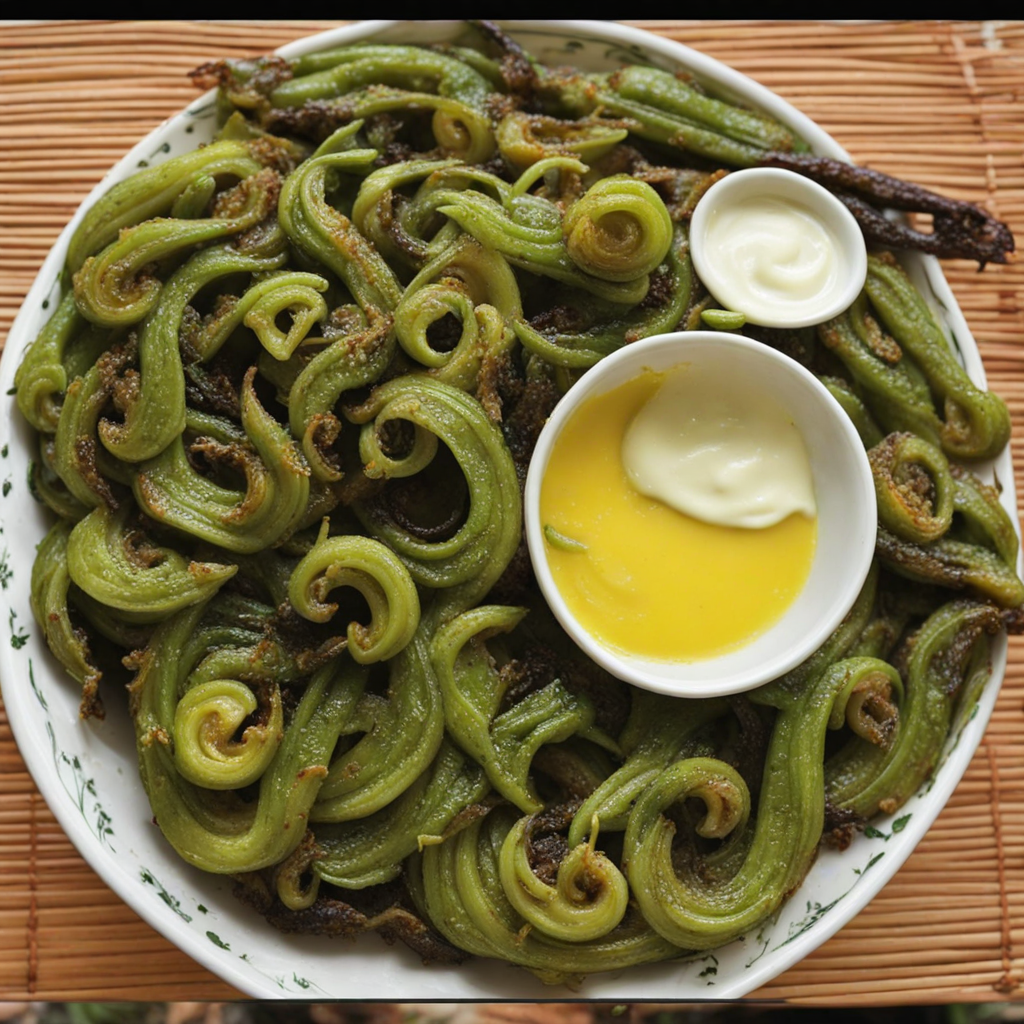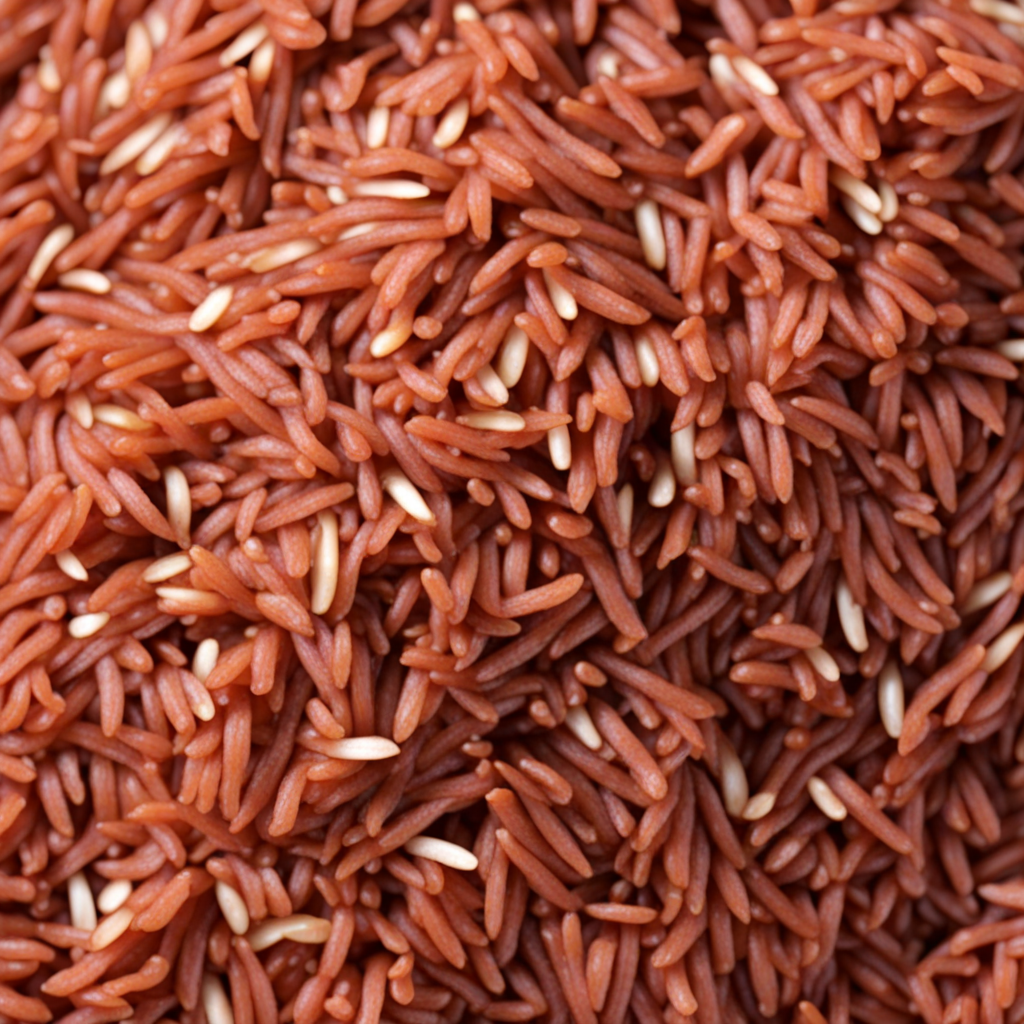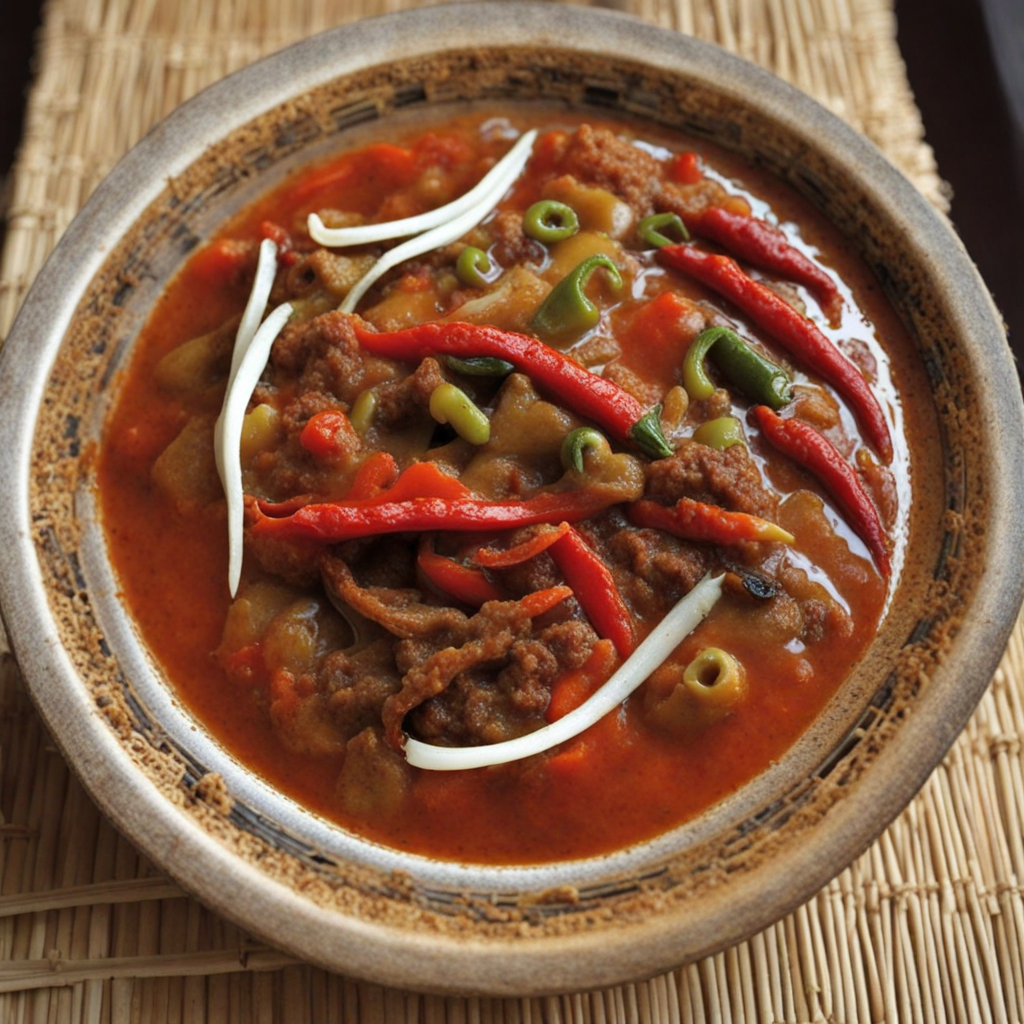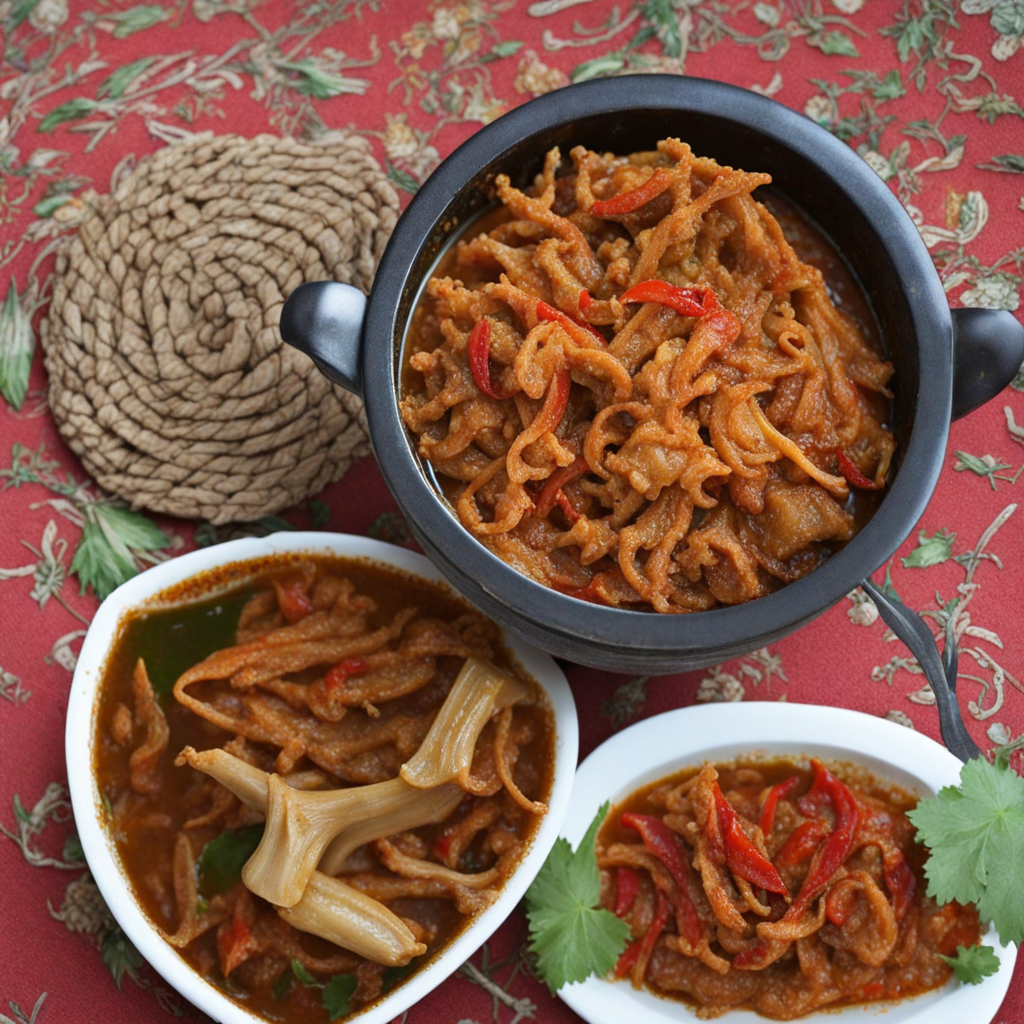Doma
Doma is a traditional Bhutanese delicacy that combines the unique flavors of betel leaves and a medley of aromatic ingredients, creating a truly distinctive taste experience. The base of Doma is the betel leaf, which is often used as a wrapper. This green leaf is not only visually appealing but also packs a slightly peppery flavor that sets the stage for the other components. Inside the betel leaf, you’ll find a mixture of slivers of areca nut, lime paste, and sometimes a hint of spices, all of which contribute to a complex flavor profile that is both refreshing and invigorating. As you take your first bite, you'll notice the crunch of the areca nut, which adds a delightful texture to the experience. The lime paste brings a zesty brightness that balances the earthiness of the betel leaf and enhances the overall flavor. Depending on the region and personal preferences, additional ingredients such as dried fruits, tobacco, or even spices like cardamom may be included, introducing subtle layers of sweetness or warmth to the mix. This fusion of flavors makes Doma a sensory delight, appealing to both taste and smell. In Bhutan, Doma is not just a food item; it is a cultural symbol often enjoyed during social gatherings and important ceremonies. The act of sharing Doma fosters community and connection, as it is frequently offered to guests as a gesture of hospitality. This traditional treat not only introduces you to the rich culinary heritage of Bhutan but also invites you to partake in a time-honored social ritual, making every bite a celebration of both flavor and culture.
How It Became This Dish
The Culinary Journey of 'དོ་མ།' (Doma) in Bhutan #### Origins: The Birth of a Tradition The food known as 'དོ་མ།' or 'Doma' has deep roots in Bhutanese culture, embodying not just a culinary delight but a symbol of community, tradition, and spirituality. Doma is essentially a betel leaf preparation, traditionally consisting of fresh betel leaves wrapped around areca nut, slaked lime, and various flavorings like cardamom and cloves. This combination has been enjoyed for centuries, with its origins tracing back to the Indian subcontinent, where the chewing of betel leaves is a common practice. The betel leaf, scientifically known as Piper betle, has been cultivated in South Asia for over 2000 years. Its use spread to various cultures, but in Bhutan, it took on unique characteristics that reflect the country's geography, climate, and customs. The leaves are typically harvested from the lush valleys of Bhutan, where the warm, humid conditions are perfect for their growth. This agricultural practice, intertwined with Bhutanese spirituality and daily life, laid the groundwork for Doma’s cultural significance. #### Cultural Significance: More Than Just a Snack In Bhutan, Doma is not merely a food item; it is a conduit for social interaction and cultural expression. The act of chewing Doma is often associated with hospitality and respect. Offering Doma to guests is a common practice, signifying warmth and acceptance. It is customary to present Doma during important occasions, such as religious ceremonies, weddings, and festivals. The sharing of Doma transcends the mere act of eating; it fosters a sense of community and belonging. The significance of Doma is also deeply intertwined with Bhutanese traditions and beliefs. In Buddhist culture, betel leaves are often regarded as purifying agents. Chewing Doma is believed to cleanse the mouth and spirit, preparing the individual for prayer or meditation. This spiritual dimension elevates Doma beyond a simple snack, making it an integral part of Bhutanese rituals and daily life. Moreover, Doma is often accompanied by the Bhutanese drink, Ara, a traditional alcoholic beverage made from fermented grains. The combination of Doma and Ara serves as a social lubricant, facilitating conversations and strengthening relationships among family and friends. #### Development Over Time: A Culinary Evolution As Bhutan has evolved, so too has the preparation and consumption of Doma. Historically, Doma was a simple snack, but as globalization and modernization have influenced Bhutanese society, the dish has undergone various transformations. In urban areas, where lifestyles are changing rapidly, Doma has started to be reimagined. While the core ingredients remain the same, urban dwellers have introduced new flavors and variations, experimenting with different spices and fillings. The rise of tourism in Bhutan has also impacted the way Doma is perceived and enjoyed. International visitors, intrigued by the unique flavors and cultural significance of Doma, have contributed to its popularity. Local vendors often prepare Doma with a flair, catering to the tastes of tourists while preserving traditional methods. This has led to a fusion of flavors, with the introduction of local ingredients that reflect Bhutan's rich biodiversity, such as wild herbs and spices unique to the region. Despite these changes, traditional practices still hold firm. In rural areas, the preparation of Doma remains closely tied to the seasons. During harvest time, families come together to prepare Doma using fresh, locally sourced ingredients. This communal activity not only strengthens familial bonds but also reinforces the importance of sustainability and local agriculture. #### The Modern Era: Doma in Pop Culture In the contemporary context, Doma has found its place in Bhutanese pop culture. With the advent of social media, food bloggers and influencers have begun to showcase Doma in innovative ways, reaching a broader audience and sparking interest among younger generations. This has led to a resurgence in interest in traditional foods, with many young Bhutanese seeking to reconnect with their culinary heritage. Additionally, the Bhutanese government has recognized the importance of preserving traditional foods like Doma as part of the nation’s cultural identity. Initiatives to promote local food and culinary traditions have emerged, encouraging communities to celebrate their heritage through food festivals and cultural events. These platforms provide opportunities for local artisans and vendors to showcase their skills, reinforcing the idea that Doma is not just a food item but a representation of Bhutan’s rich cultural tapestry. #### Conclusion: The Legacy of Doma As we reflect on the history of Doma, it becomes clear that this humble betel leaf preparation is a microcosm of Bhutanese culture. It encapsulates the country's values of hospitality, community, and spirituality, while also adapting to the changing dynamics of modern society. Doma's journey from its ancient origins to its current status as a cultural icon highlights the resilience of Bhutanese traditions amid globalization. It serves as a reminder that food is not just sustenance; it is a vessel for stories, connections, and identities. As Bhutan continues to navigate the complexities of the modern world, Doma stands as a testament to the enduring power of culinary heritage, inviting both locals and visitors alike to partake in a tradition that has nourished both body and soul for generations. In celebrating Doma, we celebrate the richness of Bhutanese culture, the beauty of its landscapes, and the warmth of its people, all wrapped in a single, vibrant leaf.
You may like
Discover local flavors from Bhutan


